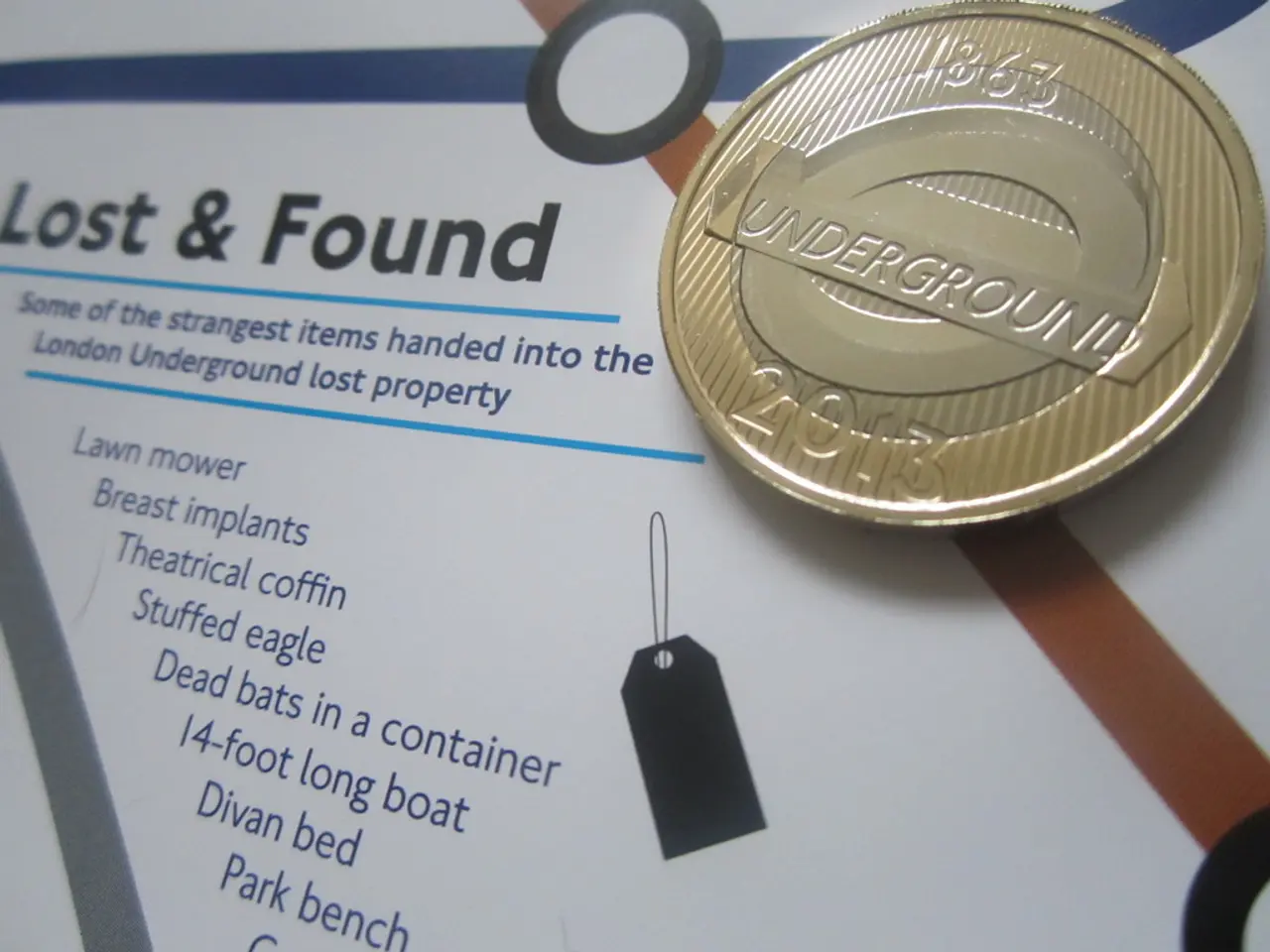Finance in Europe at risk of becoming an insignificant region for superficial investments
In the world of digital finance, Europe is grappling with the complexities of multi-issuance stablecoins. This innovative approach, which allows multiple entities to issue stablecoins, is causing a stir among regulators, particularly the European Central Bank (ECB) and other EU authorities.
The European Union's Markets in Crypto-Assets Regulation (MiCA), intended to give Europe a headstart in a key technology, has become essentially inviable for stablecoins in Europe due to debates and central bank digital currency considerations. One of the key issues troubling regulators is how to supervise a decentralized network, with the uncomfortable semantic concept of 'permissionless' (blockchain) being a distraction.
The ECB and European Commission express concerns about multi-issuance potentially enabling non-EU holders to redeem stablecoins through EU entities. This could lead to a possible drain on EU reserve assets and liquidity risks, including runs on stablecoins. The rules in MiCAR, intended for stablecoin regulation, are structurally contradictory, with localized reserve requirements aimed at reducing the risk of stablecoins undermining bank deposits. Rapid redemption triggered by multi-issuance could impair issuers' ability to meet this reserve composition.
Euro stablecoins face a fundamental challenge that dollar stablecoins do not: inadequate euro-denominated 'safe asset' sovereign bond markets to use as reserves. This limitation, coupled with regulatory fragmentation and financial stability risks, makes the path to a competitive multi-issuance framework in Europe challenging.
European regulators prioritize financial stability post-financial crisis, which limits flexibility for innovative multi-issuance frameworks. The ECB fears unstable redemptions strains could lead to liquidity crises in the stablecoin ecosystem. The debate over enabling established dollar-denominated coins from the US, described as 'oligopolistic', is ongoing in Europe's institutions.
In addition, the European alternative is hampered by fragmented sovereign bond markets and inadequacies in attempts to consolidate a single market for banking, with national banking champions yet to combine efforts on tokenisation. Without harmonized international rules, regulatory arbitrage and fragmentation persist, diminishing effectiveness and potentially spurring dominance of dollar-based stablecoins.
The multi-issuance argument results in contradictions and concerns, such as potential drain of EU reserve assets, liquidity crises, or runs on stablecoins. Efforts to constrain 'asset reference tokens' in MiCAR are inadvertently getting in the way of the ability for tokens to move between public blockchains.
Despite these challenges, Europe is not giving up. The author of MiCAR has stated that multi-issuance was always intended to be allowed to prevent Europe from becoming a 'flyover zone' and getting left behind on DLT innovation. Interested parties can register to be part of OMFIF's public blockchain working group and subscribe to OMFIF's newsletter for more information on this topic.
John Orchard is Chairman, and Katie-Ann Wilson is Managing Director of the Digital Monetary Institute at OMFIF, working to explore the integration of public blockchain systems into traditional finance. As the landscape of digital finance evolves, Europe will continue to navigate these challenges, seeking ways to strengthen the euro's digital presence amid global stablecoin competition.
[1] Source: Financial Times, 2022 [2] Source: Reuters, 2022 [3] Source: European Central Bank, 2022
- The European Union's regulations for digital finance, MiCA, are facing challenges in managing multi-issuance stablecoins, particularly the issue of supervising a decentralized network.
- The ECB and European Commission voice concerns about the potential drain on EU reserve assets and liquidity risks that multi-issuance could bring, including runs on stablecoins.
- The MiCAR rules, intended for stablecoin regulation, are structurally contradictory, with localized reserve requirements aimed at reducing the risk of stablecoins undermining bank deposits.
- European regulators prioritize financial stability, which limits flexibility for innovative multi-issuance frameworks, as they fear unstable redemptions could lead to liquidity crises in the stablecoin ecosystem.
- The debate over enabling established dollar-denominated coins from the US is ongoing in Europe's institutions, with concerns about regulatory fragmentation and financial stability risks.
- The fragmented sovereign bond markets in Europe and inadequacies in attempts to consolidate a single market for banking are making it challenging for the region to establish a competitive multi-issuance framework.
- Despite these challenges, Europe is taking steps to explore the integration of public blockchain systems into traditional finance and strengthen the euro's digital presence amid global stablecoin competition.




